Laying claim to some of the most beautiful parts of Patagonia, plus the starry Atacama Desert, and South America’s best vineyards (yup, better than Argentina!), Chile is a country that often attracts first-time visitors to the continent.
And, if you’re looking for a luxury trip, you can rest assured that it has some of the region’s most high-end accommodations, meaning you can explore the country in style.
I’ve spent the past five years either living in or traveling to Chile and have stayed in the country’s best hotels, so can vouch for the level of quality you can expect to experience – as well as advise on the activities and experiences that need to be in your itinerary.
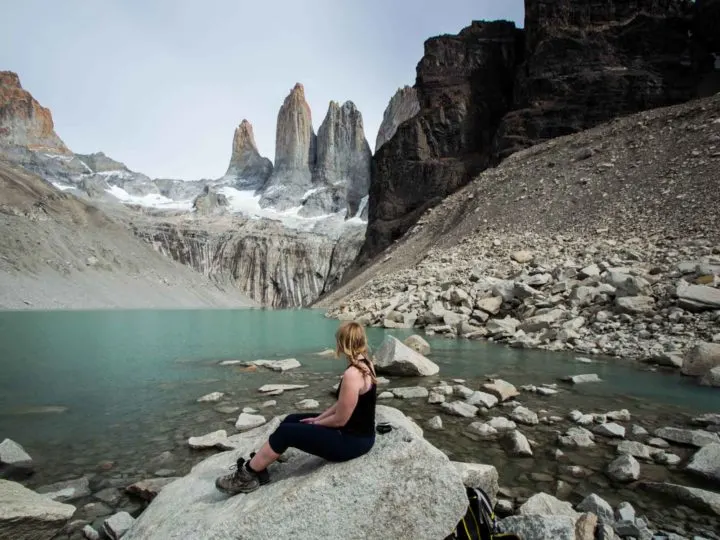
Six things to know before you plan a vacation to Chile
1. Yes, Chile is a safe place to visit
I’ve gone into lots of detail about safety in Chile in this article, but in summary: yes, Chile is a place you shouldn’t be worried about visiting. Like most capitals, Santiago has parts where you shouldn’t walk with valuables on show and others that I would recommend steering clear of entirely.
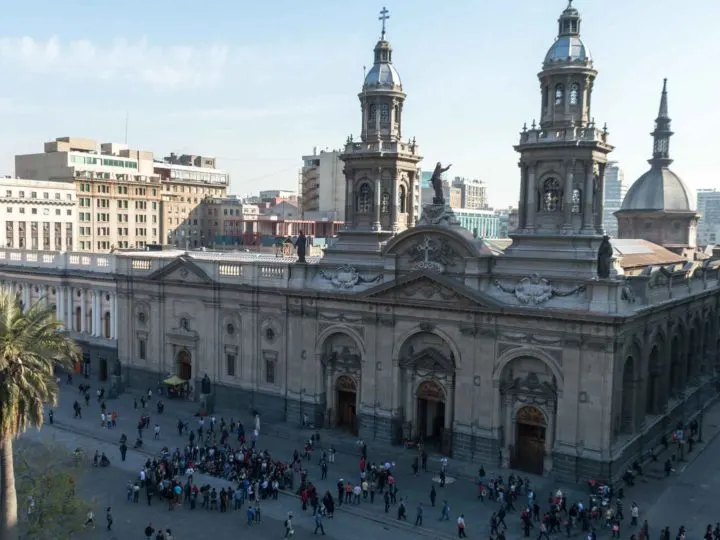
However, if you book a hotel in neighborhoods such as Vitacura, Las Condes, and Lastarria, and take care when exploring the Downtown area, you shouldn’t have any issues.
Pretty much everywhere else in Chile is very safe to visit, with Patagonia one of the safest places on the planet. Things are currently a little more unsettled in Argentina due to rampant inflation, but again, you’re unlikely to come across any issues in Patagonia.
2. And it’s a destination it’s worth splurging on
Chile isn’t like other places where you can stay in a beautiful boutique hotel for a steal; the cost of living here is significantly higher and so is the cost of traveling. Chilean service in restaurants can leave a lot to be desired – however, luxury hotels, fine dining restaurants, and high-end tour operators are significantly more attentive than your average.
Many of the hotels in Chile are destination hotels. This is particularly the case for brands such as Tierra, who have three beautiful properties in Chile: one in Torres del Paine National Park, another in Chiloé, and a third in the Atacama Desert.
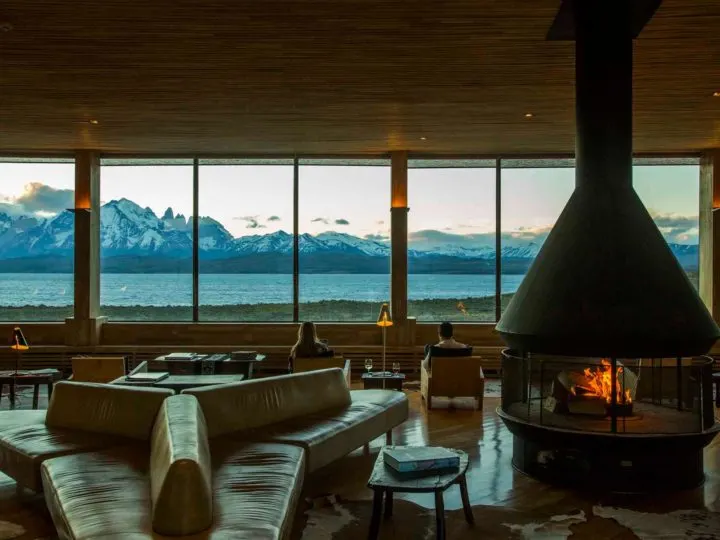
The properties are designed to be understated, perhaps to not take away from their truly stunning and remote locations (each has incredible views), nor their high service standards, which extend from the dining to their tours.c
Anyway, I digress – I’ll go into that in more detail later on. But the answer is yes: many of the luxury hotels and tours in Chile are worth splashing that cash.
3. Things do tend to go to plan – but give yourself a buffer
Unlike other parts of Latin America, transport does tend to run on time in Chile, and it’s quite unusual for flights to be canceled or delayed.
That said, the weather is unpredictable in Patagonia, so it’s always best to ensure you’ve got a couple of days’ buffer at the start and beginning of your trip in case things do go awry.
4. Pick your airline with care
LATAM is the best airline, if only by a whisker. However, it does offer business class between Santiago and further flung destinations, such as Punta Arenas, Unlike the country’s budget carriers, it’s also not unnecessarily stringent when it comes to baggage restrictions.
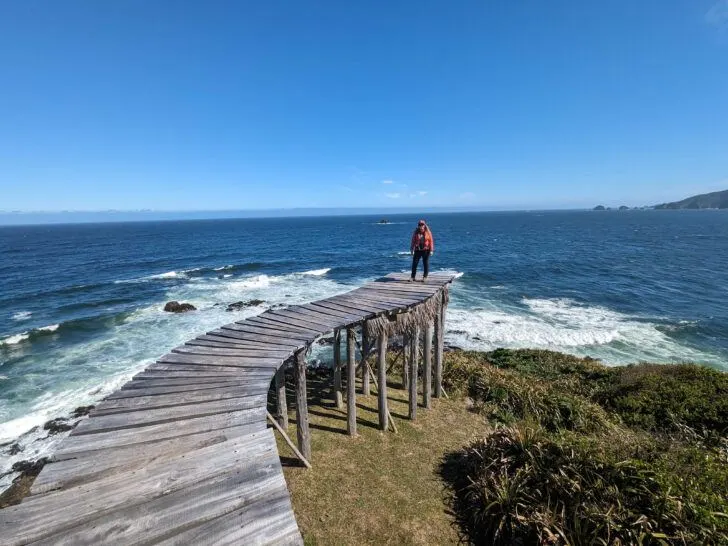
That said, I have traveled with the cheapest airlines – Jet Smart and Sky Airline – and haven’t had any serious issues. Just don’t travel with hand luggage that exceeds the size limits – I learned that expensive lesson early on!
Plan your luxury vacation with local experts EcoChile Travel
EcoChile Travel can plan a once-in-a-lifetime luxury trip to Chile. Opt to stay in the country’s most unforgettable hotels, add on a range of guided and self-guided excursions, and let them take you across this incredible country.
You’ll also have 24/7 support from their team and guidance on everything you should visit, eat, and explore every step of the way. it’s perfect if you want someone else to deal with the logistics of your tip!
Get a 5% discount on this trip by mentioning Worldly Adventurer when you book.
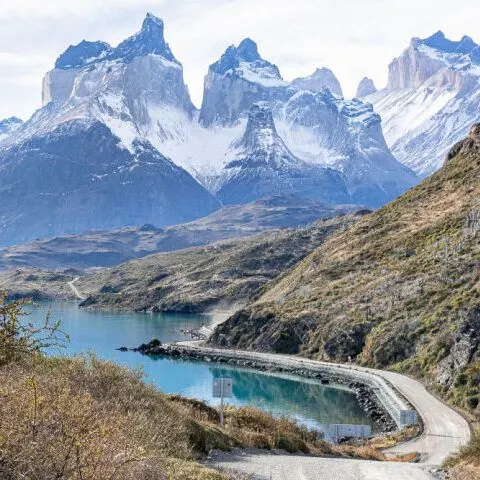
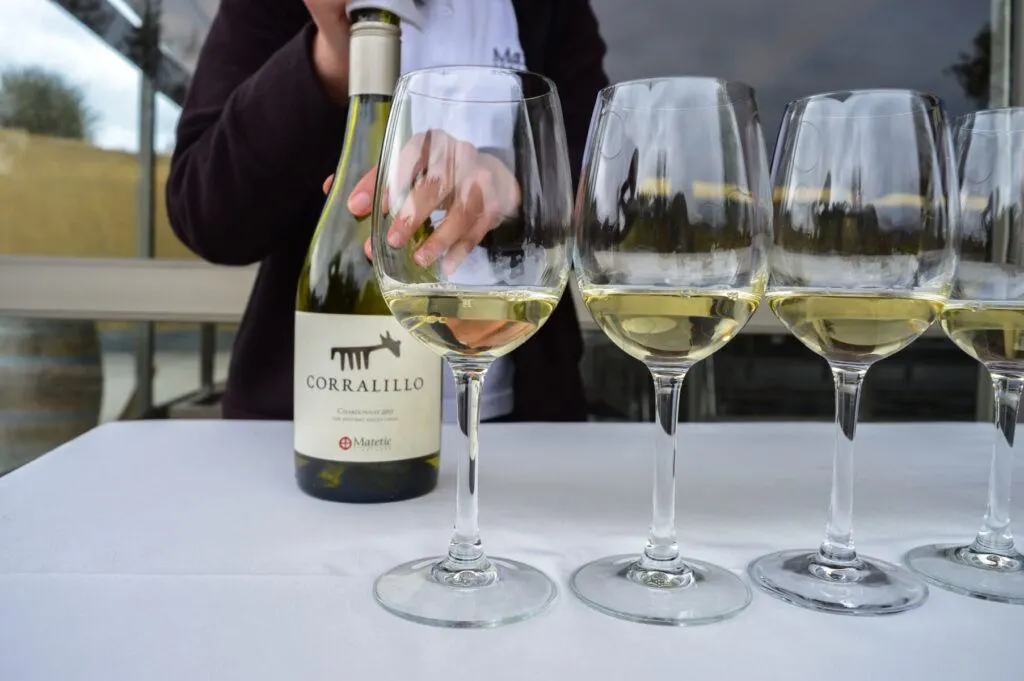
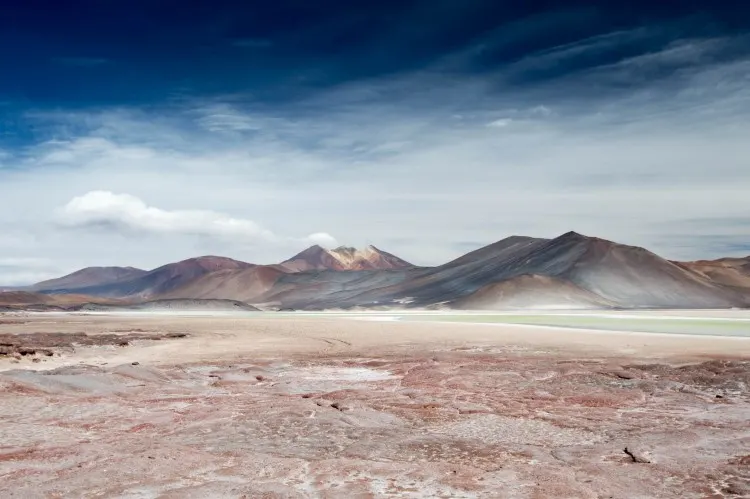
5. It’s easy enough to pay with foreign credit cards – except in some places
Most hotels and restaurants accept credit cards and if you pay using one, then you should be able to avoid paying IVA, a tax levied on Chileans and from which you should be exempt if paying in dollars.
In rural areas, cash is king, so you’ll need to withdraw Chilean pesos from one of the many ATMs dotted around the country.
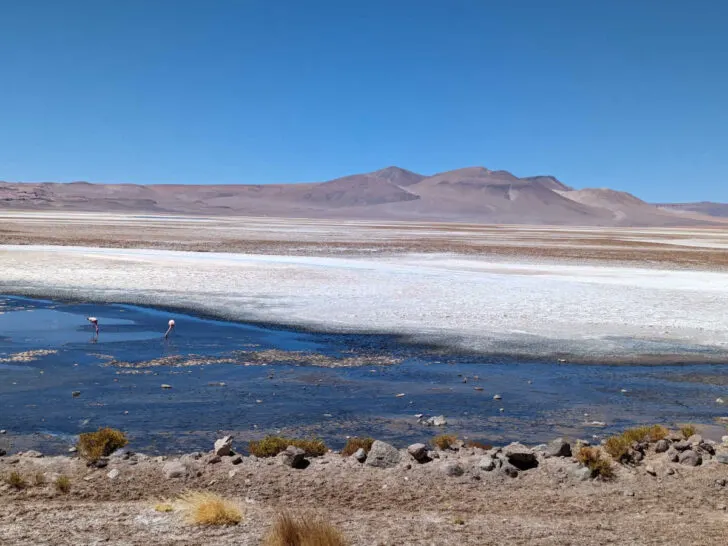
If popping into Argentina, bear in mind that the economy is a really bad way with 250% inflation. Again, you can pay in Argentina using your credit card to secure the best exchange rate, but it’s also worth bringing some dollars just in case.
6. Booking a luxury tour of Chile is easy
There are plenty of tour agencies operating wherever you’re based in the world. However, I prefer to recommend local operators based in Chile – they’re far better acquainted with what’s going on in the country and the new, exciting places that should form part of your itinerary.
I’ve worked on multiple occasions with EcoChile Travel, a leading tour operator based out of Santiago. I would highly recommend their services, which include a custom-designed itinerary and all the logistics of booking your trip sorted, plus an interactive app with all your travel reservations, and dining recommendations.
There’s also an in-app chat facility where you can communicate directly with their staff and ask any question you might have.
The app was extremely helpful when I traveled with them last year.
So: which parts of Chile should you visit?
Most Chilean itineraries combine the following elements: Santiago (and the wine region is possible), Patagonia, the Lakes Region, or the Atacama Desert (or both), plus a cheeky few days in Rapa Nui (Easter Island) if you’ve got the time.
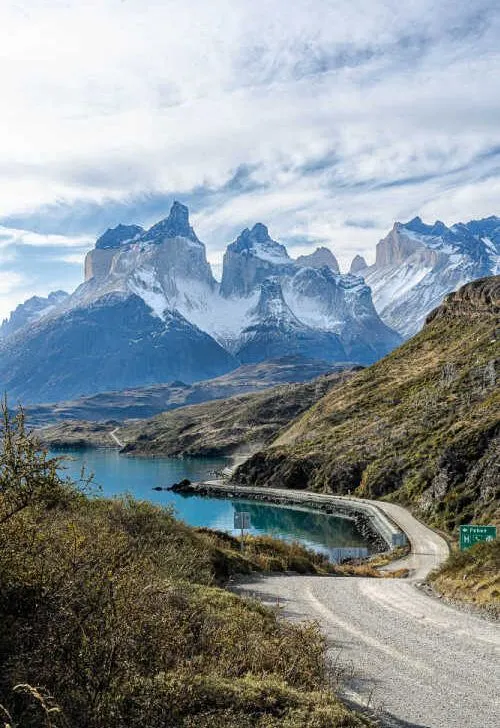
I would still highly recommend a similar route, however many luxury properties are located in more remote locations. This makes for both an exclusive feel but also a chance to see Chile at its most spectacular. After all, this is a country framed for its natural beauty.
So, let’s press on. Here are my recommendations for where you should visit as part of your tour of Chile.
Santiago
- Why visit Santiago: You’re going to have at least one day in Santiago on your trip. My most recent trip to Chile saw me arriving 24 hours late because of a canceled flight, so it’s wise to not plan immediate onward travel when you arrive in the Chilean capital. It doesn’t have the same reputation or pizzaz as Buenos Aires – dubbed the Paris of South America because of its neo-classical architecture – but it remains an interesting and lively city.
Give yourself a day to explore the city. You’ll want to spend a morning exploring the Museo de Arte Precolombino and the Plaza de Armas, Chile’s main square, a slightly chaotic but still grand and beautiful place. In the afternoon, head to Lastarria, one of the prettiest neighborhoods, to wander up to the top of Cerro Santa Lucia, a hill with stunning views across the city.
Alternatively, join a walking or cycling tour to La Vega, Santiago’s main market, to sample some traditional Chilean food and experience the visceral delight that is a South American market. You can also read this guide to things to do in Santiago for some more suggestions.
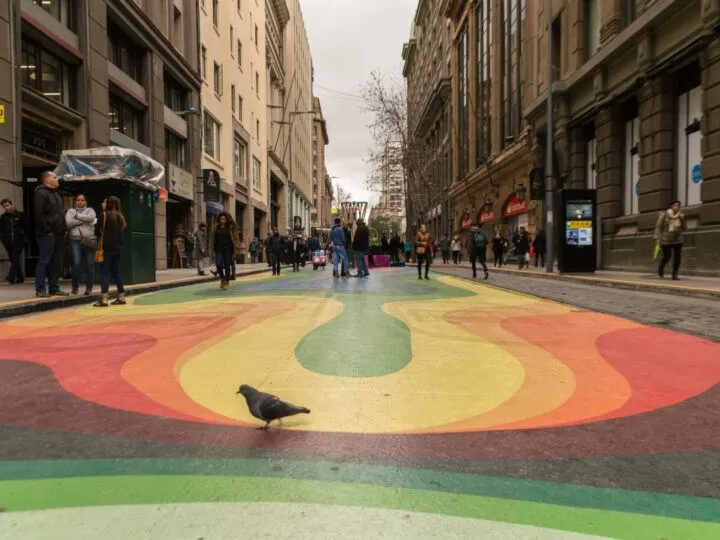
For dinner, you’re spoilt for choice. Big names include Boragó and Ambrosia, for seasonal tasting menus in probably the finest restaurants in Chile; you’ll want to book well in advance.
If you want something a little less grand, my personal choice is Ligueria, a quintessential Chilean bistro frequented by city workers and the upper classes alike. Kate Moss was even spotted here once.
Where to stay in Santiago
It should come as no surprise that Chile’s capital city has plenty of unique luxury hotels to pick from. While international brands such as Hyatt, Sheraton, and Hilton are represented here, some of the best are locally owned.
- The Singular is a standout option in Chile, located in the tourist favorite neighborhood Barrio Lastarria, and known for its sumptuous Louis XV furniture, sophisticated bedrooms, and rooftop pool and spa. The restaurant and rooftop terrace are also well worth visiting, even if you’re not staying.
- Alternatively, Hotel Magnolia, also in Barrio Lastarria, has breathtaking views from its rooftop bar, plus modern, light-filled bedrooms within its rather dramatic neo-Gothic mansion.
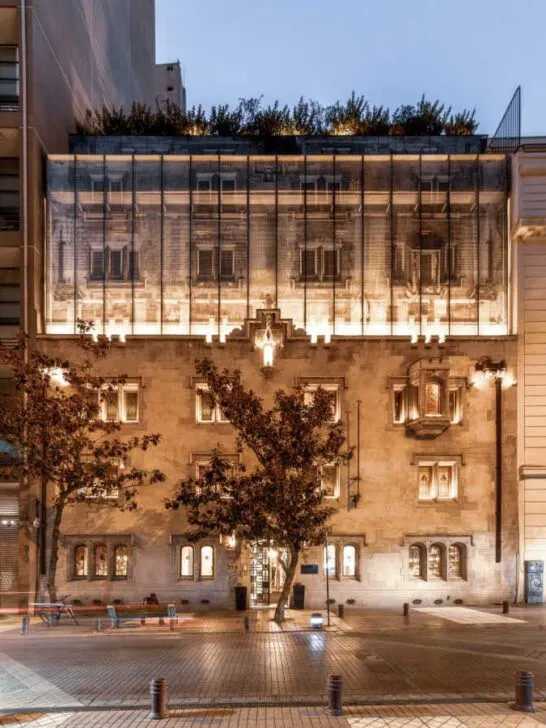
- Another more affordable option is Hotel Bidosa, a sleek modern hotel in the Vitacura neighborhood, which sits a little east of Downtown Santiago, but is surrounded by plenty of restaurants and has easy subway access to other neighborhoods. The views across the city across the financial district and the posh Las Condes neighborhood from their upper floors are sublime.
The Colchagua Wine Valley
- Why visit the Colchagua Valley: Chile is increasingly being noticed for the exceptional high quality of its wines and there’s nowhere better to try them than directly at the vineyards. The Casablanca Valley is closer to Santiago and specializes in whites, sparkling wines, and pinot noir. However, my personal favorite is the Colchagua Valley, known for its reds and standout hotels.
If you’ve got the time: I implore you to spend a couple of days in the Colchagua wine valley. It’s known for its bold, spicy Carmenere, Chile’s trademark grape.
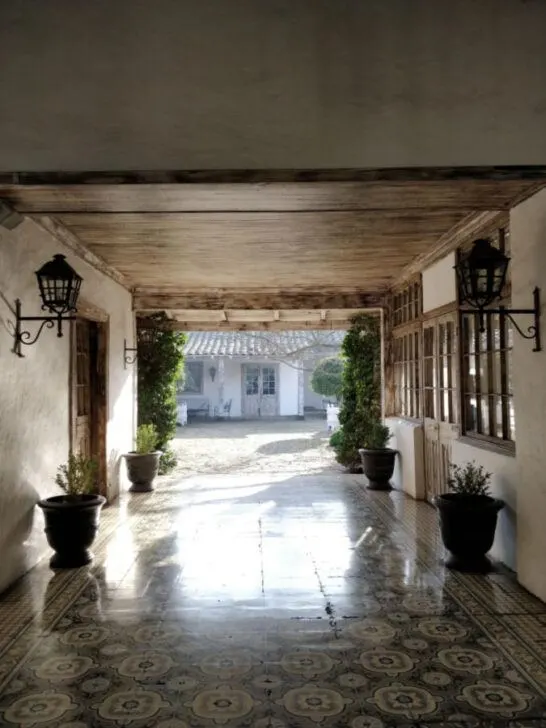
My favorite wineries here include Casa Silva (Chile’s most awarded vineyard), which has a lovely hotel in an old hacienda, plus an excellent restaurant overlooking the Silva family’s polo field (at least two members of the family were part of the Chilean national polo team).
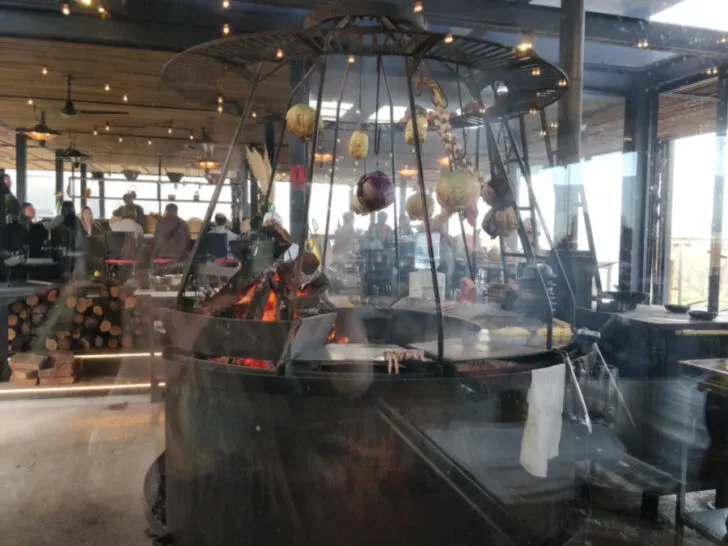
My favorite, however, is Montes. This vineyard has both brilliant wine – their Purple Angel often appears on James Suckling’s list of the top 100 wines in the world – and one of Chile’s finest restaurants, Fuegos de Apalta.
All dishes are cooked over an open fire, which is situated at the center of the restaurant and surrounded by perspex glass so you can watch the chefs preparing your dishes. It’s run by legendary Argentine grill chef Francis Mallmann and is very much worth the visit.
Practically all vineyards here run tours and tastings, while others have their luxury hotels.
Where to stay in Colchagua
- Relais and Chateaux property Clos Apalta Residence is one of the area’s most exclusive hotels. It gets booked up months in advance, so you need to be quick with reservations. Their restaurant is also highly recommended, but again, you’ll need at least a few months’ lead time to book. Both have the best views of the valley.
- Viu Manent, another of my favorite vineyards, has recently opened the new VIBO Wine Lodge. I’ve not visited yet but from the photos, they look beautiful.
- If you’re looking for somewhere really exclusive, then the only place worth staying is Vik. Probably Chile’s most unique winery, Vik is a hotel and vineyard turned art museum; each of its 22 suites was designed by renowned artists from around the globe, meaning you might sleep in a bedroom that pays homage to Hollywood actors or recreations of iconic Chilean figures. The wine is only made in small batches, so what you’ll be drinking is exclusive, too.
The Atacama Desert
- Why visit the Atacama Desert: Swapping the lush green of Chile’s Central Valley for the stark, red terrain of the Atacama Desert is quite the contrast. This high-altitude region is known for its volcanoes, geysers, and blinding salt flats, and is one of the best places in the world for stargazing.
It’s a three-hour flight north from Santiago to reach Calama, the main airport in the Atacama Desert. It’s a 1.5-hour transfer to San Pedro de Atacama, the most famous town in the region.
Its location is breathtaking: quite literally, thanks to the 2,450-meter altitude, but also because the surrounding area is dotted with towering volcanoes in rusty hues. Think Mars, but even more beautiful.
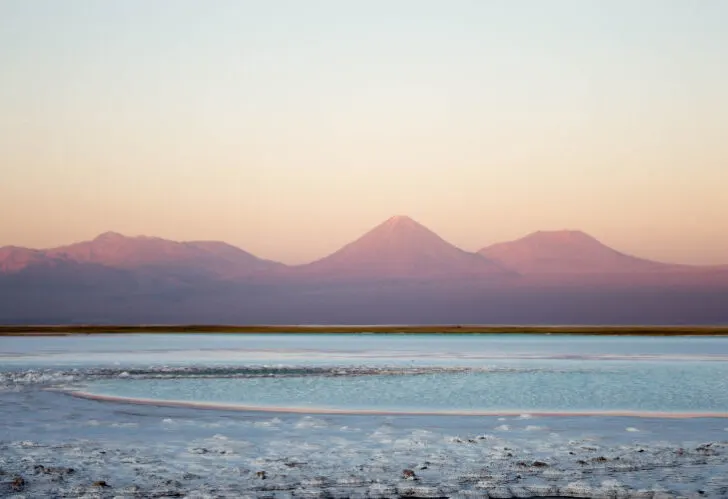
There’s plenty to appeal here, with a slew of private tours at your fingertips. All luxury hotels operate their own tours, with a menu of different options to pick from, and will adapt the itinerary according to how the altitude is affecting you.
Don’t-miss options include the Geysers del Tatio, the world’s highest geyser field, Lagunas Altiplanicas, two cyan lakes sitting in the shadows of volcanoes, and the Monjes de la Pacana.

Want to avoid the hassle of organizing your flights, accommodation, and tours to San Pedro de Atacama?
EcoChile Travel is a brilliant local tour operator with whom I’ve traveled on several occasions and I love their commitment to sustainability and supporting local communities. Their four-day San Pedro de Atacama itinerary costs from $1,895 USD per person and takes you to some of the region’s top attractions, as well as to meet local weavers in a traditional adobe village to learn more about the culture of the Atacama. You’ll get 5% off if you mention Worldly Adventurer.
The latter are a cluster of wind-eroded rocks that supposedly look like monks and are surrounded by some of the most enchanting landscapes I’ve ever seen. The beauty here is barren yet beautiful and the altitude is high.
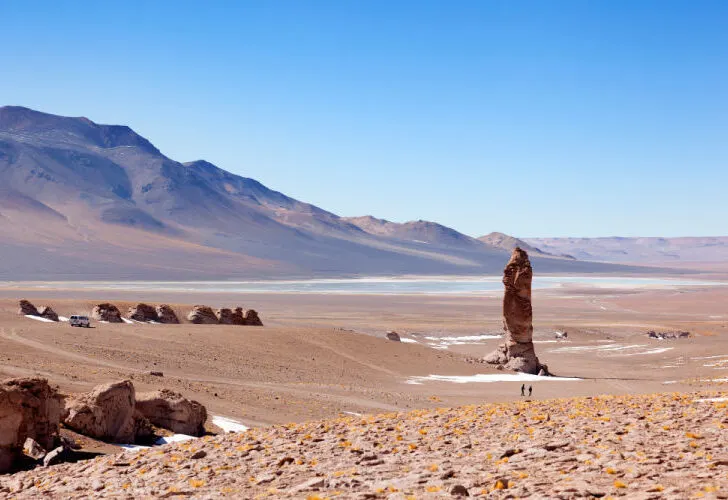
The Atacama Desert is also one of the best places in the world for star gazing, so I highly recommend taking a nighttime tour. Those run by the hotels are a mixed bag; I would suggest choosing a specialist tour operator instead, where you’ll learn not just about the constellations but their significance to the indigenous Licantay people of the region.
Where to stay in the Atacama Desert
I’ve stayed in a couple of the luxury hotels in the Atacama Desert and the quality of the service does vary.
- Located a ten-minute drive outside of San Pedro, Hotel Nayara Alto Atacama has large grounds, dotted with swimming pools, cozy wicker furniture, and even a llama paddock. They even have their own telescope set away from their property (although the quality of the tour wasn’t comparable to those offered by specialist companies). The rooms are very comfortable and their restaurant serves up contemporary Chilean dining using local ingredients such as the rika rika herb in their delicious pisco sours. Their tours were excellent and offered a selection of the “top” attractions, as well as more off-the-beaten-path hiking routes not offered by traditional tour operators.
- You’ve also got companies such as Tierra, Explora, and Awasi, which are considered the gold standard of luxury hotels in Chile. Awasi, with just 12 suites, is the most exclusive and carries the Relais and Chateaux brand, while Explora specializes in the most unique tours as they’re constantly scouting out new routes and destinations. Tierra has outstanding views of the Licancabur Volcano from its bedrooms and communal areas and also focuses heavily on new and interesting excursions.
The Lakes District
- Why visit the Lakes region: Marking the tip of Patagonia, the Lakes District is both gloriously green and stippled with volcanoes. Chiloe Island is one of my absolute favorite places in Chile, while Puerto Varas and the surrounding national parks are a perfect place to dial into Chile’s adventurous side.
From the barren north to the lush south: the transition is large but the Lakes are a great introduction to Chile’s natural riches. It’s also the perfect place to stretch your legs with a bit of outdoor activity: the area is well-known for its national parks and hiking trails.
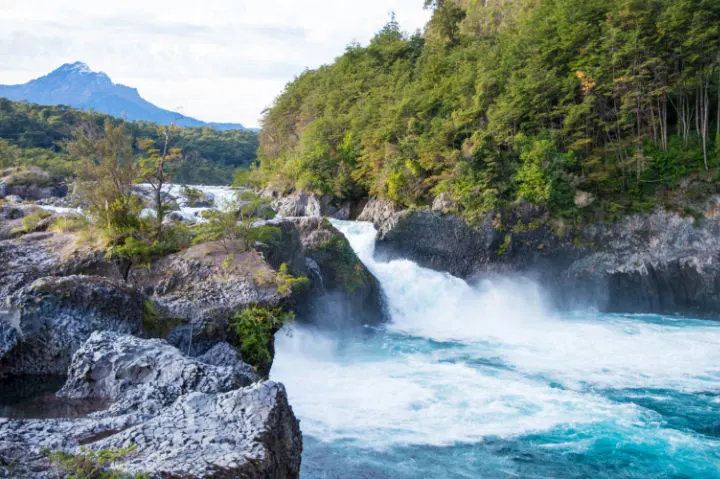
Puerto Varas is the best place to start. Popular amongst professionals escaping Santiago and expats alike, it’s a hub of dining and culture for the region, as well as a jumping-off point for everything from white-water rafting to sea kayaking.
I also enjoyed a half-day ebiking excursion around the lake, which sits beneath the looming Osorno Volcano.
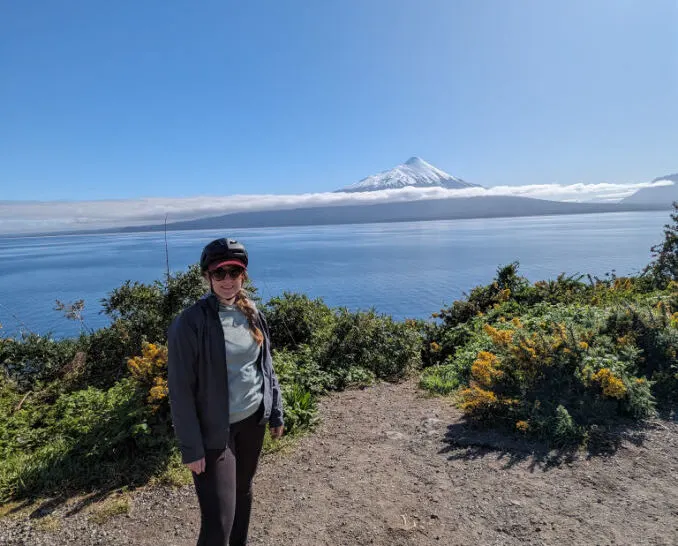
Nearby you’ll find Chiloé Island. It’s a truly unique part of Chile, thanks to its curious palafito houses, UNESCO wooden churches, pretty, isolated island villages, stunning white-sand beaches, and singular cultural heritage, which includes the local dish, curanto, a stew cooked over hot stones in the ground.
Where to say in the Lakes District
I recommend combining Puerto Varas and Chiloé over a couple of days. Both have very unique hotels and tour operators who can take you deep into the area’s adventure and cultural activities.
- In Puerto Varas, my recommendation is Hotel AWA. The views from its rooms are magnificent: it overlooks Lago Llanquihue with the Osorno Volcano directly in the background. All bedrooms face the lake, but those lower in the hotel have their views obscured by trees – so ask for one on the upper floor. The food here is good, but you can easily organize a taxi to take you to Puerto Varas (a 20-minute drive away), where plenty of excellent restaurants await.
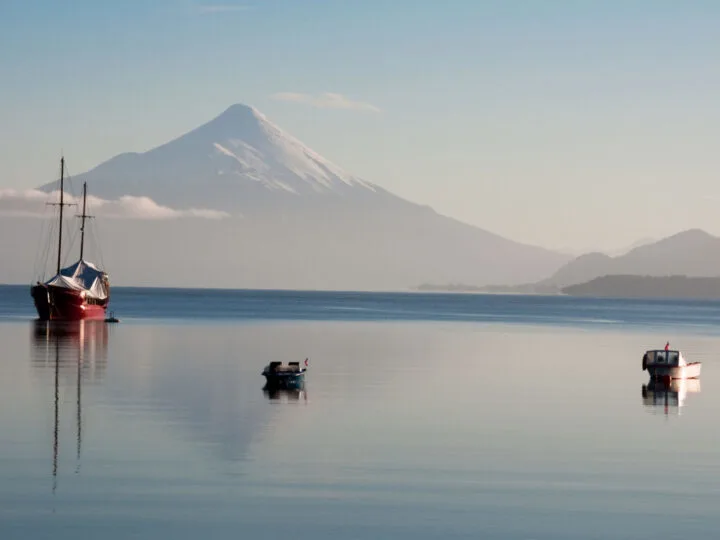
- In Chiloé, Tierra is the island’s outstanding choice. Situated on the Rilán Peninsula, it faces east across the water towards mainland Chile and has sweeping views right down to the shoreline. It’s an important nesting ground for migrating waterfowl, and you might also catch sight of toninas (Chilean dolphins) playing in the bay. The views from the huge windows, and the outdoor heated pool, are sublime. Their packages are all-inclusive, so you can pick from various tours around Chiloé, including visits to the island’s main market to understand more about their unique ingredients and cuisine, as well as kayaking and boat tours out to some of the tiny islands that lie just off the coast.
Patagonia
- Why go to Patagonia? Probably the most famous part of Chile, Patagonia (which is a region covering southern Chile and southern Argentina) is a destination for the adventurous, with world-class national parks packed with stunning mountain scenery, huge glaciers, and rare wildlife.
Oh, Patagonia. I’m onto my sixth visit and I’m still not bored of this stupendous place. There’s a reason it’s classed as one of the world’s most beautiful adventure destinations: in the south, you’ll find Torres del Paine National Park, home to dramatic mountains, multi-day treks (the W is the best-known), and opportunities to spy wildlife such as pumas and Andean condors.
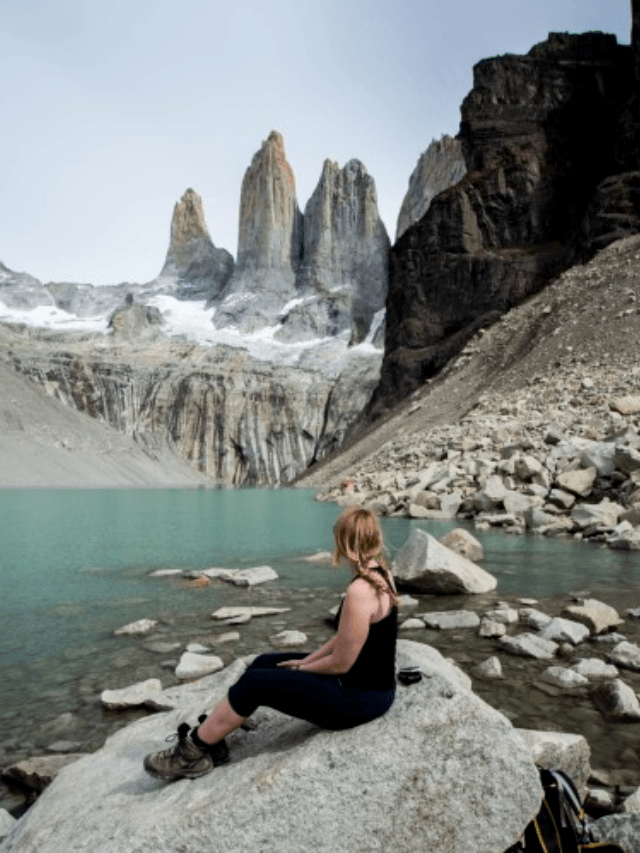
Most visitors combine southern Chilean Patagonia with Argentine Patagonia, crossing to El Calafate and the dazzling Perito Moreno Glacier, and then heading up to El Chalten, for challenging day hikes in some of Argentina’s most beautiful mountainous scenery.
Plan your luxury vacation with local experts EcoChile Travel
EcoChile Travel can plan a once-in-a-lifetime luxury trip to Chile. Opt to stay in the country’s most unforgettable hotels, add on a range of guided and self-guided excursions, and let them take you across this incredible country.
You’ll also have 24/7 support from their team and guidance on everything you should visit, eat, and explore every step of the way. it’s perfect if you want someone else to deal with the logistics of your tip!
Get a 5% discount on this trip by mentioning Worldly Adventurer when you book.



From here, you can hop on a plane to Ushuaia, the southernmost city in the world and the gateway to Antarctica. The majority of cruises to the White Continent depart from here.
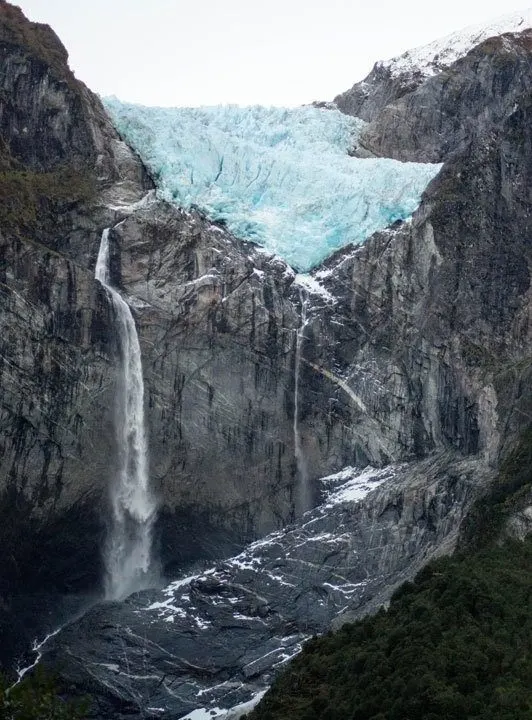
If you’ve got the time, northern Chilean Patagonia is not to be missed, either. Accommodations are more basic here (apart from Explora’s flagship hotel in Patagonia National Park) and the terrain is wilder, but the rewards are enormous.
You can read why I adore the region (known as the Carretera Austral) here.
Where to stay in Patagonia
Luxury hotels in Patagonia are, in general, the highest quality of all those in Chile, thanks to the region’s reputation as a world-class destination. There are plenty of options, particularly in Torres del Paine, but these are my favorites.
- Tierra, Explora, and Awasi have properties within Chile’s flagship national park, Torres del Paine. Explora probably wins when it comes to views, with vistas of the Los Cuernos mountains from its bedrooms, although Awasi’s vantage point for the Las Torres spires is pretty spectacular, too. Tierras’ location a little outside of the national park means you’re more likely to encounter its most famous wildlife: puma.
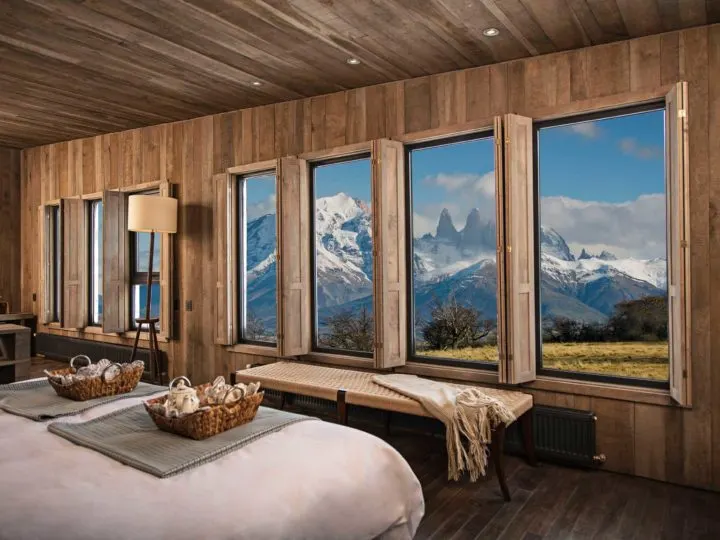
- My personal favorite accommodation in Torres del Paine, however, is Patagonia Camp. Situated just outside the park on the southern shores of Lago Torre and with views towards the Paine Massive mountains at the heart of the park, this beautiful hotel comprises 20 luxury yurts, some with hot tubs and all with showstopping views. The food and wine are brilliant, too – the hotel is owned by the Matetic family, who operate an award-winning vineyard (with a beautiful hotel!) just outside Santiago.
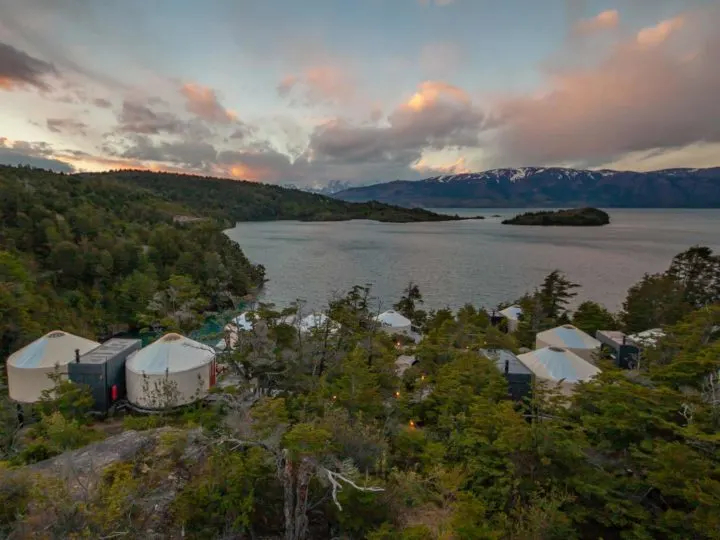
- While it isn’t at the same quality level as those above, Lodge Deseado in Chilean Tierra del Fuego wins accolades for its truly remarkable location. It’s an eight-hour drive from the closest Chilean city, Punta Arenas, and possibly one of the most remote lodges in the entire country. As a result, aside from other lodge guests and the island’s resident beaver population (it’s a long story), you’ll have the mountains, lakes, and spellbinding scenery to yourself. Read my experiences of staying in the Lodge in this guide.
Rapa Nui (Easter Island)
- Why visit Rapa Nui? Another of Chile’s standout destinations is Rapa Nui, a remote island sitting a six-hour flight from mainland Chile. It’s best known for the huge moai dotted around the island, the quasi-human stone heads carved that have great cultural and spiritual importance for the Rapa Nui people.
The volcanic island of Rapa Nui seems like an anomaly in the Pacific Ocean; it’s 3,686 kilometers from any other landmass and is about the same size as the island of Aruba at just 163 square kilometers (63 square miles).
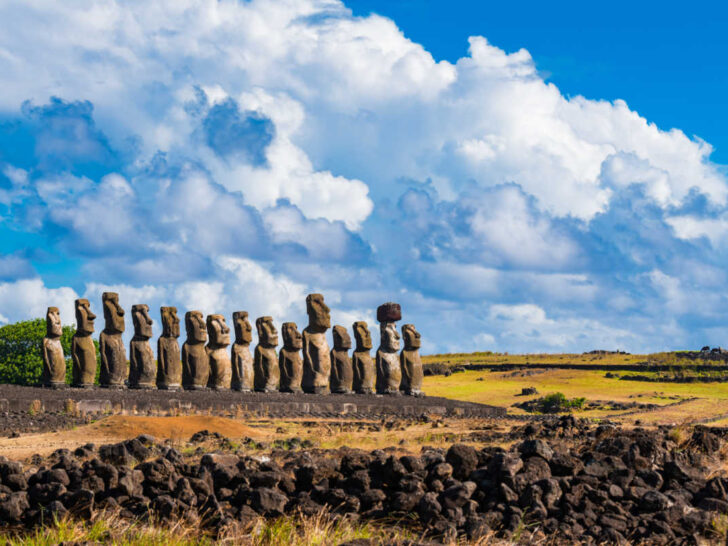
But the Polynesian-influenced culture of the Rapa Nui continues to thrive here. It was one of the destinations in Chile that most surprised me when I first visited, as you can watch traditional dances and learn about the fascinating history of the moai, which were carved to honor chieftains and family members when they died.
Most spend their time exploring the island by vehicle, stopping at the numerous platforms containing moai or at the quarry where they were carved.
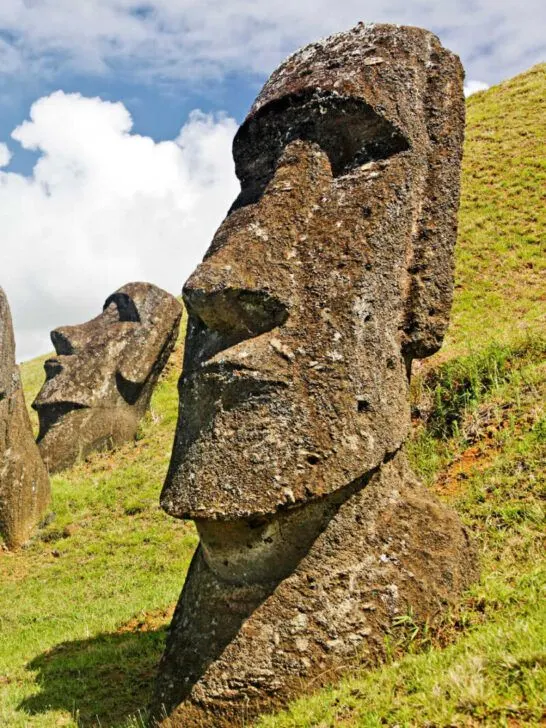
However, it’s worth planning a couple of hiking trips, too, which will take you out into the backcountry around the island’s three volcanoes, far beyond where cars can go.
Where to stay in Rapa Nui
A handful of luxury hotels exist on the island, while there are plenty of boutique options available, too.
- Explora has the fourth of their properties here. Set away from the main town of Hanga Roa, it’s a small property whose main purpose is to offer unusual tours and experiences around the island. Their guiding is exceptional, with all guides drawn from the local community and able to provide fascinating insights into the island’s history and culture.
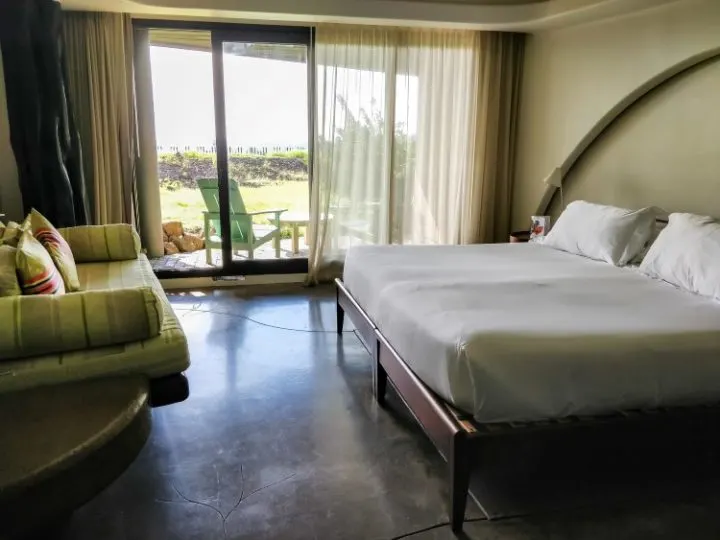
- Another more affordable option is Nayara Hangaroa, which is situated at the heart of Hanga Roa and is unusual in that it has ocean views from the rooms of its charmingly rustic bedrooms. They run tours to the main moai sites, plus other places of cultural importance. The best bit about staying here is you can dine in their restaurant or head into the main town to sample classic Rapa Nui cuisine, which leans heavily on tuna and other local seafood.

Want to avoid the hassle of organizing your flights, accommodation, and tours to Easter Island?
EcoChile Travel is a brilliant Chilean tour operator run by local experts based in Chile and Argentina. Their four-day trip to Easter Island costs from $2,000 USD per person (and you get a 5% discount if you mention Worldly Adventurer when enquiring!).
